#Arthurian Literature
Explore tagged Tumblr posts
Text
Polyamory and Bisexuality are against the "Rules" of Courtly Love.
So no, no one Camelot is allowed to have more than one Significant Other.
polyamory and bisexuality could have saved camelot
#lol sorry#I just blogposted about how marie says “no polycules” in her letter#its still in my system#courtly love#arthuriana#fin amor#marie de champagne#shipping#arthurian literature#arthurian mythology#arthurian legend
21K notes
·
View notes
Text
Thinking about Guinevere again and how I don't think u can separate her from the fall of Camelot. Like a thing like that blots your copybook forever. Even in the nunnery, she must've been praying for God to end her torment, to stop herself from weeping constantly, to just dampen her emotions so she could try and live with this whole in her heart, this open wound, this stigmata she's got that she can't get back.
I wonder when she and Lancelot crossed paths again after all those years once he'd taken her to the nunnery, after everything that had happened, after her damming everything up in her heart, if it all broke open again like a winter frost being carved into.
She's one of the final remnants of a bygone age. A jewel in a casket. Something to be picked over. Admired and castigated for her follies in one fell swoop.
She's a white phantom.
Nothing.
Everything.
#arthuriana#welsh mythology#the mabinogion#arthurian legend#mabinogion#welsh myth#queen guinevere#guinevere#arthurian#lancelot du lac#sir lancelot#king arthur#arthur pendragon#arthurian legends#arthurian mythology#arthurian myth#arthurian literature
20 notes
·
View notes
Text
Strangely enough, you know the dialogue written in the Merlin show really sounds pretty Arthurian or medeival in a way. Very poetic. While the storylines sometimes makes me want to pull my hair out, the writing really is good. I mean to me anyway.
#BBC Merlin#Merlin#arthurian legend#arthurian mythology#arthurian literature#arthurian retelling#arthuriana#Shakespearean almost
20 notes
·
View notes
Text
“no rapping tonight"
why?
"you rap about arthurian knights everytime, it's embarrassing"
ok
[after one beer]
uh oh y'all i go into a trance a lot
#yeah ill post this#i hope you guys appreciate my genius it even harks back to the original since getting hazy and going into a trance r similar#arthuriana#lancelot#arthurian literature#arthurian legend#lancelot du lac#sir lancelot
27K notes
·
View notes
Text

The Green Knight
9K notes
·
View notes
Text

Mordred
#arthurian legend#arthurian legends#arthuriana#arthurian mythology#arthurian literature#mordred#sir mordred#my post
11K notes
·
View notes
Text
sir gawain was but a beardless youth when he beheaded the green knight…. verily he shouldve been at the clubbe….
15K notes
·
View notes
Text
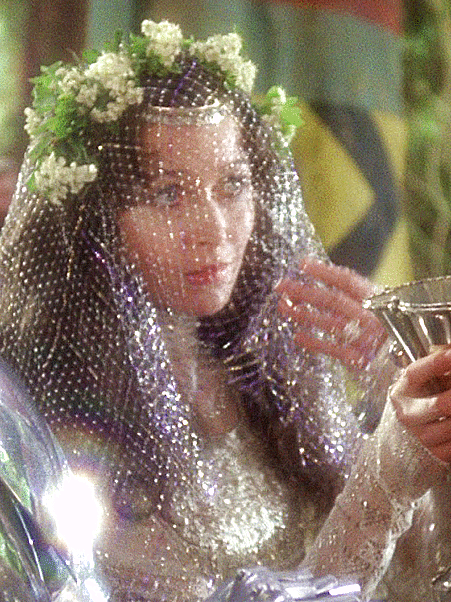
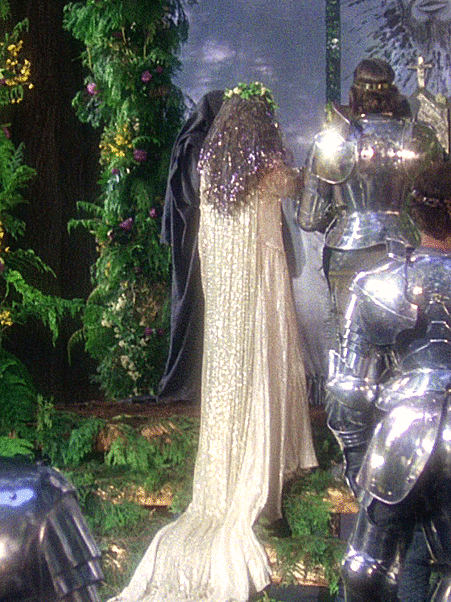
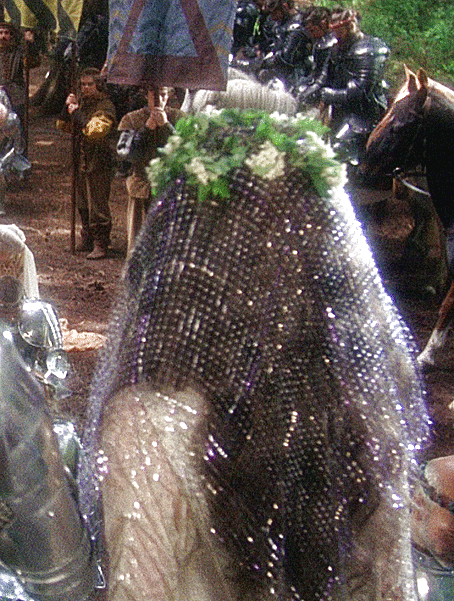
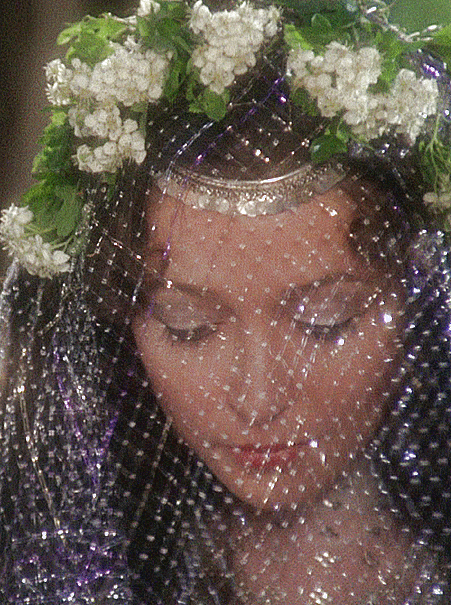

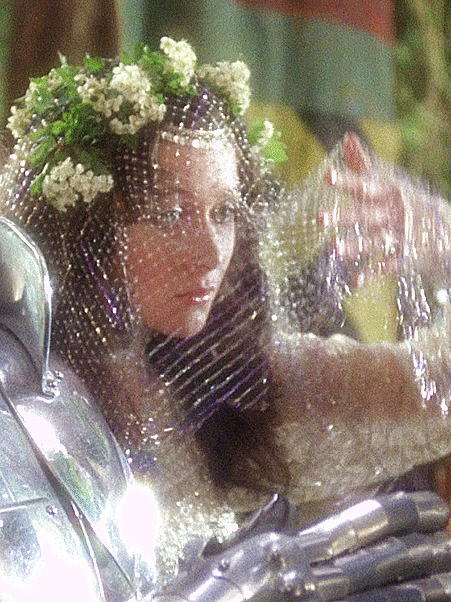
Guinevere's wedding dress and chainmail veil in Excalibur 1981
#guinevere#excalibur 1981#excalibur#per#perioddramaedit#period drama#periodcostume#wedding dress#wedding veil#fantasy movies#fantasy#arthurian mythology#arthurian literature#arthur pendragon#arthurian legend#the movie is strange#but the wedding scene is a dream#so otherworldly#and the veil is really something else
11K notes
·
View notes
Text
Hate it when you’re just minding your own business and some random knight challenges you to a fight for the maiden you’ve sworn to protect. Like, come on, man, I’m just trying to get to work.
880 notes
·
View notes
Text

Frank Godwin (1889-1959), ''King Arthur and His Knights'' complied and edited by Elizabeth Lodor Merchant, 1927 Source
#frank godwin#american artists#king arthur#arthurian legend#arthurian mythology#arthurian literature#vintage illustration#vintage art#color illustration
609 notes
·
View notes
Text
An essay on Furiosa, the politics of the Wasteland, Arthurian literature and realistic vs. formalistic CGI

Mad Max: Fury Road absolutely enraptured me when it came out nearly a decade ago, and I will cop to seeing it four times at the theatre. For me (and many others who saw the light of George Miller) it set new standards for action filmmaking, storytelling and worldbuilding, and I could pop in its Blu Ray at any time and never get tired of it. Perhaps not surprisingly, I was deeply apprehensive about the announced prequel for Fury Road's actual main character, Furiosa, even if Miller was still writing and directing. We didn't need backstory for Furiosa—hell, Fury Road is told in such a way that NOTHING in it requires explicit backstory. And since it focuses on the Yung Furiosa, it meant Charlize Theron couldn't return with another career-defining performance. Plus, look at all that CGI in the trailer, it can't be as good as Fury Road.
Turns out I was silly to doubt George Miller, M.D., A.O., writer and director of Babe: Pig in the City and Happy Feet One & Two.
Furiosa: A Mad Max Saga is excellent, and I needn't have worried about it not being as good as Fury Road because it is not remotely trying to be Fury Road. Fury Road is a lean, mean machine with no fat on it, nothing extraneous, operating with constant forward momentum and only occasionally letting up to let you breathe a little; Furiosa is a classical epic, sprawling in scope, scale and structure, and more than happy to let the audience simmer in a quiet, almost painfully still moment. If its opening spoken word sequence by that Gandalf of the Wastes himself, the First History Man, didn't already clue you in, it unfolds like something out of myth, a tale told over and over again and whose possible embellishments are called attention to in the dialogue itself. Where Fury Road scratched the action nerd itch in my head like you wouldn't believe, Furiosa was the equivalent of Miller giving the undulating folds of my English major brain a deep tissue massage. That's great! I, for one, love when sequels/prequels endeavour to be fundamentally different movies from what they're succeeding/preceding, operating in different modes, formats and even genres, and more filmmakers should aim for it when building on an existing series.
This movie has been on my mind so much in the past week that I've ended up dedicating several cognitive processes to keeping track of all of the different ponderings it's spawned. Thankfully, Furiosa is divided into chapters (fun fact: putting chapter cards in your movie is a quick way to my heart), so it only seems fitting that I break up all of these cascading thoughts accordingly.
1. The Pole of Inaccessibility

Furiosa herself actually isn't the protagonist for the first chapter of her own movie, instead occupying the role of a (very crafty and resourceful) damsel in distress for those initial 30-40 minutes. The real hero of the opening act, which plays out like a game of cat and mouse, is Furiosa's mother Mary Jabassa, who rides out into the wasteland first on horseback and then astride a motorcycle to track down the band of raiders that has stolen away her daughter. Mary's brought to life by Miller and Nico Lathouris' economical writing and a magnetic performance by newcomer Charlee Fraser, who radiates so much screen presence in such relatively little time and with one of those instant "who is SHE??" faces. She doesn't have many lines, but who needs them when Fraser can convey volumes about Mary with just a flash of her eyes or the effortless way she swaps out one of her motorcycle's wheels for another. To be quite candid, I'm not sure of the last time I fell in love with a character so quickly.
You notice a neat aesthetic contrast between mother and daughter in retrospect: Mary Jabassa darts into the desert barefoot, clad in a simple yet elegant dress, her wolf cut immaculate, only briefly disguising herself with the ugly armour of a raider she just sniped, and when she attacks it's almost with grace, like some Greek goddess set loose in the post-apocalyptic Aussie outback with just her wits and a bolt-action rifle; we track Furiosa's growth over the years by how much of her initially conventional beauty she has shed, quite literally in one case (hair buzzed, severed arm augmented with a chunky mechanical prosthesis, smeared in grease and dirt from head to toe, growling her lines at a lower octave), and by how she loses her mother's graceful approach to movement and violence, eventually carrying herself like a blunt instrument. Yet I have zero doubt the former raised the latter, both angels of different feathers but with the same steel and resolve. Of fucking course this woman is Furiosa's mother, and in the short time we know her we quickly understand exactly why Furiosa has the drive and morals she does without needing to resort to didactic exposition.
Anyway, I was tearing up by the end of the first chapter. Great start!
2. Lessons from the Wasteland
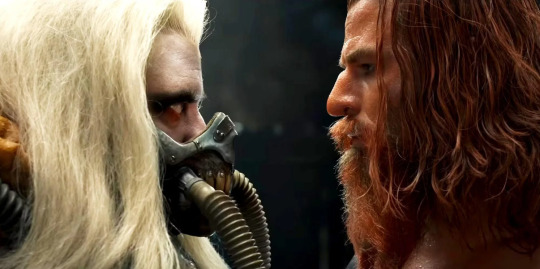
Most movies—most stories, really—don't actually tell the entire narrative from A to Z. Perhaps the real meat of the thing is found from H to T, and A-G or U-Z are unnecessary for conveying the key narrative and themes. So many prequels fail by insisting on telling the A-G part of the story, explaining how the hero earned a certain nickname or met their memorable sidekick—but if that stuff was actually interesting, they likely would have included it in the original work. The greatest thing a prequel can actually do is recontextualize, putting iconic characters or moments in a new light, allowing you to appreciate them from a different angle. All of season 2 of Fargo serves to explain why Molly Solverson's dad is appropriately wary when Lorne Malvo enters his diner for a SINGLE SCENE in the show's first season. David's arc from the Alien prequels Prometheus and Covenant—polarizing as those entries are—adds another layer to why Ash is so protective of the creature in the first movie. Andor gives you a sense of what it's like for a normal, non-Jedi person to live under the boot of the Empire and why so many of them would join up with the Rebel Alliance—or why they would desire to wear that boot, or even just crave the chance to lick it.
Furiosa is one of those rare great prequels because it makes us take a step back and consider the established world with a little more nuance, even if it's still all so absurd. In Fury Road, Immortan Joe is an awesome, endlessly quotable villain, completely irredeemable, and basically a cartoon. He works perfectly as the antagonist of that breakneck, Road Runner and Wile E. Coyote-ass movie, but if you step outside of its adrenaline-pumping narrative for even a moment you risk questioning why nobody in the Citadel or its surrounding settlements has risen up against him before. Hell, why would Furiosa even work for him to begin with? But then you see Dementus and company tear-assing around the wasteland, seizing settlements and running them into the ground, and you realize Joe and his consortium offer something that Dementus reasonably can't: stability—granted, an unwavering, unchangeable stability weighted in favour of Joe's own brutal caste system, but stability nonetheless. It really makes you wonder, how badly does a guy have to suck to make IMMORTAN JOE of all people look like a sane, competent and reasonable ruler by comparison?!?
…and then they open the door to the vault where he keeps his wives, and in a flash you're reminded just how awful Joe is and why Furiosa will risk her life to help some of these women flee from him years later. This new context enriches Joe and makes it more believable that he could maintain power for so long, but it doesn't make him any less of a monster, and it says a lot about Furiosa's hate for Dementus that she could grit her teeth and work for this sick old tyrant.
3. The Stowaway

Here's another wild bit of trivia about this movie: you don't actually see top-billed actress Anya Taylor-Joy pop up on screen until roughly halfway through, once Furiosa is in her late teens/early twenties. Up until this point she's been played by Alyla Browne, who through the use of some seamless and honestly really impressive CGI has been given Anya's distinctive bug eyes [complimentary]. It's one of those bold choices that really works because Miller commits to it so hard, though it does make me wish Browne's name was up on the poster next to Taylor-Joy's.
Speaking of CGI, I should talk about what seems to be a sticking point for quite a few people: if there's been one consistent criticism of Furiosa so far, it's that it doesn't look nearly as practical or grounded as Fury Road, with more obvious greenscreen and compositing, and what previously would've been physical stunt performers and pyrotechnics have been replaced with their digital equivalents for many shots. Simply put, it doesn't look as real! For a lot of people, that practicality was one of Fury Road's primary draws, so I won't try to quibble if they're let down by Furiosa's overt artificiality, but to be honest I'm actually quite fine with it. It helps that this visual discrepancy doesn't sneak up on you but is incredibly apparent right from the aerial zoom-down into Australia in the very first scene, so I didn't feel misled or duped.
Fury Road never asks you to suspend your disbelief because it all looks so believable; Furiosa jovially prods you to suspend that disbelief from the get-go and tune into it on a different wavelength. It's a classical epic, and like the classical epics of the 1950s and 60s it has a lot of actors standing in front of what clearly are matte paintings. It feels right! We're not watching fact, we're watching myth. I'm willing to concede there might be a little bit of post-hoc rationalization on my part because I simply love this movie so much, but I'm not holding the effects in Furiosa to the same standard as those in Fury Road because I simply don't believe Miller and his crew are attempting to replicate that approach. Without the extensive CGI, we don't get that impressive long, panning take where a stranded Furiosa scans the empty, dust-and-sun-scoured wasteland (75% Sergio Leone, 25% Andrei Tarkovsky), or the Octoboss and his parasailing goons. For the sake of intellectual exercise I did try imagining them filming the Octoboss/war rig sequence with the same immersive practical approach they used for Fury Road's stunts, however I just kept picturing dead stunt performers, so perhaps the tradeoff was worth it!
4. Homeward

Around the same time we meet the Taylor-Joy-pilled Furiosa in Chapter 3, we're introduced to Praetorian Jack, the chief driver for the convoys running between the Citadel and its allied settlements. Jack's played by Tom Burke, who pulled off a very good Orson Welles in Mank! and who I should really check out in The Souvenir one of these days. He's also a cool dude! Here are some facts about Praetorian Jack:
He's decked out in road leathers with a pauldron stitched to one shoulder
He's stoic and wary, but still more or less personable and can carry on a conversation
Professes to a certain cynicism, to quote Special Agent Albert Rosenfield, but ultimately has a capacity for kindness and will do the right thing
Shoots a gun real good
Can drive like nobody's business
So in other words, Jack is Mad Max. But also, no, he clearly isn't! He looks and dresses like Mad Max (particularly Mel Gibson's) and does a lot of the same things "Mad" Max Rockatansky does, but he's also very explicitly a distinct character. It's a choice that seems inexplicable and perhaps even lazy on its face, except this is a George Miller movie, so of course this parallel is extremely purposeful. Miller has gone on record saying he avoids any kind of strict chronology or continuity for his Mad Max movies, compared to the rigid canons for Star Trek and Star Wars, and bless him for doing so. It's more fun viewing each Mad Max entry as a new revision or elaboration on a story being told again and again generations after the fall, mutating in style, structure and focus with every iteration, becoming less grounded as its core narrative is passed from elder to youth, community to community, genre to genre, until it becomes myth. (At least, my English major brain thinks it's more fun.) In fact there's actually something Arthurian to it, where at first King Arthur was mentioned in several Welsh legends before Geoffrey of Monmouth crafted an actual narrative around him, then Chrétien de Troyes added elements like Lancelot and infused the stories with more romance, and then with Le Morte d'Arthur Thomas Malory whipped the whole cycle together into one volume, which T.H. White would chop and screw and deconstruct with The Once and Future King centuries later.
All this to say: maybe Praetorian Jack looks and sounds and acts like Max because he sorta kinda basically is, being just one of many men driving back and forth across the wasteland, lending a hand on occasion, who'll be conflated into a single, legendary "Mad Max" at some point down the line in a different History Man's retelling of Furiosa's odyssey. Sometimes that Max rips across the desert in his V8 Interceptor, other times driving a big rig. Perhaps there's a dog tagging along and/or a scraggly and at first aggravating ally played by Bruce Spence or Nicholas Hoult. Usually he has a shotgun. But so long as you aren't trying to kill him, he'll help you out.
5. Beyond Vengeance
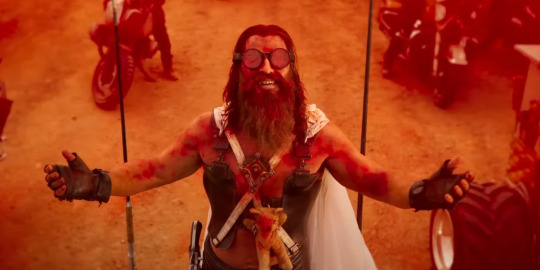
The Mad Max movies have incredibly iconic villains—Immortan Joe! Toecutter! the Lord Humongous!—but they are exactly that, capital V Villains devoid of humanizing qualities who you can't wait to watch bad things happen to. Furiosa appears to continue this trend by giving us a villain who in fact has a mustache long enough that he could reasonably twirl it if he so wanted, but ironically Dementus ends up being the most layered antagonist in the entire series, even moreso than the late Tina Turner's comparatively benevolent Aunty Entity from Beyond Thunderdome. And because he's played by Chris Hemsworth, whose comedic delivery rivals his stupidly handsome looks, you lock in every time he's on screen.
Something so fascinating about Dementus is that, for a main antagonist, he's NOT all-powerful, and in fact quite the opposite: he's more conman than warlord, looking for the next hustle, the next gullible crowd he can preach to and dupe—though never for long. For all his bluster, at every turn he finds himself in way over his head and writing cheques he can't cash, and this self-induced Sisyphean torment makes him riveting to watch. You're tempted to pity Dementus but it's also quite difficult to spare sympathy for someone who's so quick to channel their rage and hurt and ego into thoughtless, burn-it-all-down destruction. When you're not laughing at him, you're hating his guts, and it's indisputably the best work of Chris Hemsworth's career.
It's in this final chapter that everything naturally comes to a head: Furiosa's final evolution into the character we meet at the start of Fury Road, the predictable toppling of Dementus' precariously built house of cards, and the mythmaking that has been teased since the very first scene becoming diagetic text, the last of which allows the movie to thoroughly explore the themes of vengeance it's been building to. A brief war begins, is summarized and is over in the span of roughly a minute, and on its face it's a baffling narrative choice that most other filmmakers would have botched. But our man Miller's smart enough to recognize that the result of this war is the most foregone of conclusions if you've been paying even the slightest bit of attention, so he effectively brushes past it to get to the emotional heart of the climax and an incredible "Oh shit!" payoff that cements Miller as one of mainstream cinema's greatest sickos.
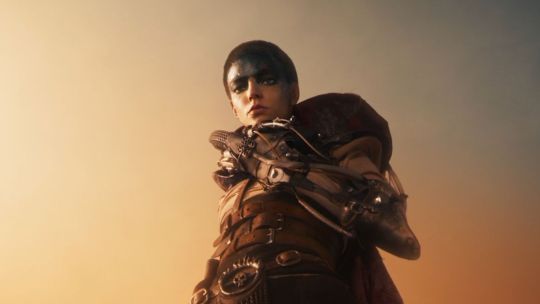
Fury Road remains the greatest Mad Max film, but Furiosa might be the best thing George Miller has ever made. If not his magnum opus, it does at least feel like his dissertation, and it makes me wish Warner Bros. puts enough trust in him despite Furiosa's poor box office performance that he's able to make The Wasteland. Absolutely ridiculous that a man just short of his 80th birthday was able to pull this off, and with it I feel confident calling him one of my favourite directors.
#furiosa: a mad max saga#mad max#mad max: Fury road#furiosa#imperator furiosa#george miller#mary jabassa#dementus#praetorian jack#immortan joe#max rockatansky#analysis#essay#anya taylor-joy#chris hemsworth#charlee fraser#tom burke#charlize theron#continuity#canon#arthurian literature#arthurian mythology#the matter of britain#king arthur#alyla browne
889 notes
·
View notes
Text
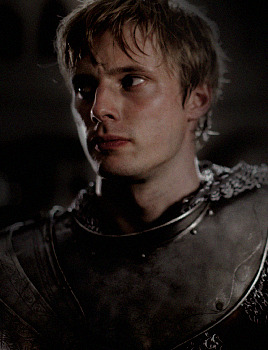
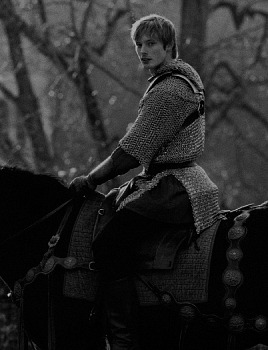

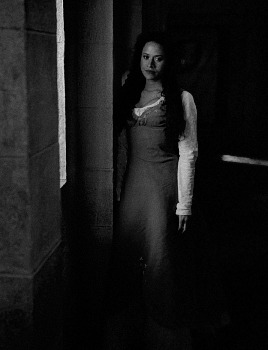
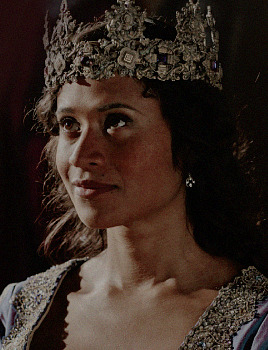

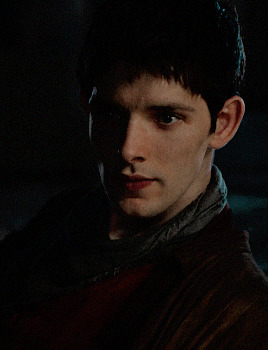
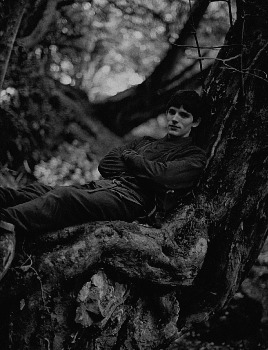

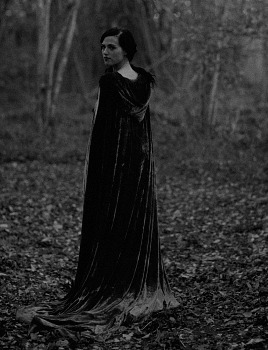
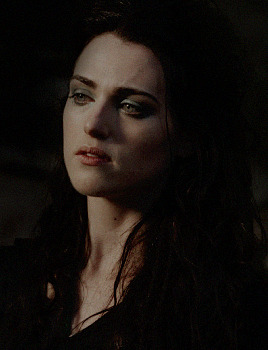

bbc merlin + arthurian legend
#bbc merlin#king arthur#queen guinevere#merlin#morgan le fay#arthurian legend#arthurian literature#bbc arthur#bbc gwen#bbc morgana#perioddramaedit
868 notes
·
View notes
Text
god you can't even challenge all passing knights to a battle and then lock them up in your dungeon anymore. because of woke
#you can't even ask all passing maidens to bleed out for you while searching for a virgin!!!!!! that's crazy#blue screams into the void#le morte d'arthur#arthurian literature#arthurian mythology#arthuriana#arthurian legend#knights#knights of the round table#sir lancelot#lancelot
307 notes
·
View notes
Text

if i had my way the round table would look like this. and charlie brown would be knighted
#would you guys pay for a go fund me so i can build a time machine and replace the round table with this. please#knights#knights of the round table#king arthur#arthuriana#charlie brown#snoopy#arthurian literature#arthurian legend#round table#peanuts
12K notes
·
View notes
Text

Are you just gonna sit there and let him die??1? Enter your SSN in the notes below!
#dude les#lancelot#arthurian literature#bless you chretien de troyes for writing such a beautiful story#I have a lot of thoughts about The Knight of the Cart. none of them good. few of them academic.
174 notes
·
View notes
Text
Beginner’s Guide to Medieval Arthuriana
Just starting out at a loss for where to begin?
Here’s a guide for introductory Medieval texts and informational resources ordered from most newbie friendly to complex. Guidebooks and encyclopedias are listed last.
All PDFs link to my Google drive and can be found on my blog. This post will be updated as needed.
Pre-Existing Resources
Hi-Lo Arthuriana
♡ Loathly Lady Master Post ♡
Medieval Literature by Language
Retellings by Date
Films by Date
TV Shows by Date
Documentaries by Date
Arthurian Preservation Project
The Camelot Project
If this guide was helpful for you, please consider supporting me on Ko-Fi!
Medieval Literature

Page (No Knowledge Required)
The Vulgate Cycle | Navigation Guide | Vulgate Reader
The Wedding of Sir Gawain and Dame Ragnelle
The Marriage of Sir Gawain
Sir Gawain and The Green Knight
The Welsh Triads
Le Morte d'Arthur by Sir Thomas Malory
Squire (Base Knowledge Recommended)
The Mabinogion
Four Arthurian Romances by Chrétien de Troyes
Owain (Welsh) | Yvain (French) | Iwein (German)
Geraint (Welsh) | Erec (French)| Erec (German)
King Artus
Morien
Knight (Extensive Knowledge Recommended)
The History of The King's of Britain by Geoffrey of Monmouth
Alliterative Morte Arthure
Here Be Dragons (Weird or Arthurian Adjacent)
The Crop-Eared Dog
Perceforest | A Perceforest Reader | PDF courtesy of @sickfreaksirkay
The Fair Unknown (French) | Wigalois (German) | Vidvilt (Yiddish)
Guingamor, Lanval, Tyolet, & Bisclarevet by Marie of France
The Canterbury Tales by Geoffrey Chaucer
Grail Quest
Peredur (Welsh) | Perceval + Continuations (French) | Parzival (German)
The Crown by Heinrich von dem Türlin (Diu Crône)
The High Book of The Grail (Perlesvaus)
The History of The Holy Grail (Vulgate)
The Quest for The Holy Grail Part I (Post-Vulgate)
The Quest for The Holy Grail Part II (Post-Vulgate)
Merlin and The Grail by Robert de Boron
The Legend of The Grail | PDF courtesy of @sickfreaksirkay
Lancelot Texts
Knight of The Cart by Chretien de Troyes
Lanzelet by Ulrich von Zatzikhoven
Spanish Lancelot Ballads
Gawain Texts
Sir Gawain and The Green Knight
The Wedding of Sir Gawain and Dame Ragnelle
The Marriage of Sir Gawain
Sir Gawain and The Lady of Lys
The Knight of The Two Swords
The Turk and Sir Gawain
Perilous Graveyard | scan by @jewishlancelot
Tristan/Isolde Texts
Béroul & Les Folies
Prose Tristan (The Camelot Project)
Tristan and The Round Table (La Tavola Ritonda) | Italian Name Guide
The Romance of Tristan
Tristan and Iseult by Gottfried von Strassburg
Byelorussian Tristan
Educational/Informational Resources
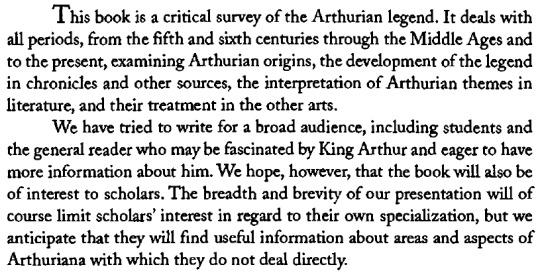
Encyclopedias & Handbooks
Warriors of Arthur by John Matthews, Bob Stewart, & Richard Hook
The Arthurian Companion by Phyllis Ann Karr
The New Arthurian Encyclopedia by Norris J. Lacy
The Arthurian Handbook by Norris J. Lacy & Geoffrey Ashe
The Arthurian Name Dictionary by Christopher W. Bruce
Essays & Guides
A Companion to Chrétien de Troyes edited by Joan Tasker & Norris J. Lacy
A Companion to Malory edited by Elizabeth Archibald
A Companion to The Lancelot-Grail Cycle edited by Carol Dover
Arthur in Welsh Medieval Literature by O. J. Padel
Diu Crône and The Medieval Arthurian Cycle by Neil Thomas
Wirnt von Gravenberg's Wigalois: Intertextuality & Interpretation by Neil Thomas
The Legend of Sir Lancelot du Lac by Jessie Weston
The Legend of Sir Gawain by Jessie Weston
#arthuriana#arthurian legend#arthurian mythology#arthurian literature#king arthur#queen guinevere#sir gawain#sir lancelot#sir perceval#sir percival#sir galahad#sir tristan#queen isolde#history#resource#my post
1K notes
·
View notes